Solutions to Health and Care
We offer our members a computing architecture that powers the electronic flow and use of health information across organizations and communities. The technology scales to meet the objectives of member organizations, including physician practices, long-term care facilities, hospitals or integrated delivery networks, ACOs and more. Members can securely exchange patient information with almost any other health information system — no matter what electronic health records (EHRs) are in use.
Members can choose from a menu of connectivity services based on what makes the most sense for their organizational needs.
Query Based Exchange
To provide the safest, most effective care, health care providers need to see a patient’s entire medical history. The challenge, of course, is that patients have records scattered across various organizations, so there is no comprehensive summary available. To solve this problem, the Tiger Institute formed a health information network (Tiger Institute Health Alliance) to electronically compile patient data into a single, longitudinal record.
Health Information Exchange (HIE)
This is our technical solution for creating the longitudinal record. It uses open source code that leverages Integrating the Healthcare Enterprise (IHE) standards to connect a wide variety of EHR systems. Through this technology, our members gain access to aggregated views of care summaries and other health information from across Missouri. When accessed, clinical data flows from hospitals, physician practices, labs, post-acute care providers, and other health care providers and aggregates into one summary record. The data then presents back to the requesting user. Information displays in the user’s EHR, ensuring no disruption to workflow. And if an EHR is not in use, the HIE is accessed via secure web portal.
Benefits include:
Query Based Exchange platform that allows the access and retrieval of clinical data on demand from other health care providers and participants
Create a longitudinal community record for your patients
Improve referral management and care coordination between care settings and providers
Improve accuracy and security of patient data
Increase efficiency and patient cost savings through the elimination of redundant tests and treatments
Increase efficiency of staff by minimizing time spent sending information to other providers
Enhance communication between providers and patients
Strengthen medical community partnerships
Through our Data as a Service offering, we can also assist you with directing your information to your vendors, value based care organizations or regulatory agencies on your behalf, minimizing the need for you to create and maintain separate connections to each one.
Directed Exchange
Hub Services
Enable the flow of clinical data to physician practice settings, labs, pharmacies, immunization registries and more regardless of the EHR system or systems in use.
This Internet-based service eliminates the need for hospitals to fax or mail information to the physician’s office or referring clinic. Instead, test results, immunizations, medications, lab orders, encrypted messages, discharge instructions, and clinician notes are automatically pushed to the ambulatory EHR at the primary care physician’s or specialist’s office. The service eliminates the need for primary care providers to develop connections between multiple hospital EHR systems, the scanning and faxing of patient records into an EHR system, and the time wasted in trying to track down or re-send lost or misplaced files.
Send lab orders, results, and clinical documents
Contribute health information to public entities such as immunization registries, public health reportable labs, syndromic surveillance
Contribute information to meet custom needs through our Data as a Service (DaaS).
ADT Notifications
Alerts care providers when medical care occurs on their patients to more effectively manage the care of patients. Caregivers can be electronically notified when events such as hospital admissions, hospital discharges, ED visits, deaths, and more occur.
Benefits include:
Enhanced care coordination due to real time notification of different types of medical care
Delivery methods to align with preferred user workflows.
Flexibility to determine which events users receive notifications on.
Direct Messaging
Provides an encrypted communication channel for health care providers and patients. This alternative to coordinating care through faxes, papers, and phone calls reduces operational costs, offers read-receipt notifications, and supports many types of attachments. Providers use Direct Messaging for referrals and discharge summaries, to send appointment and health maintenance reminders, new patient registration forms, and other ad-hoc health-related communication. Direct Messaging follows the standards and protocols set forth by the Office of the National Coordinator’s (ONC) Direct Project, ensuring interoperable communication across technical platforms.
Benefits of Direct Messaging include:
Quick, efficient, and private communication with other providers involved in the care of your patient.
Reduce administration workload, decrease lost documents, and wait times.
Improve referrals by providing a secure method for external health care providers to refer to your organization.
Population Health
Tiger Institute has been working with health care providers throughout Missouri to extend both technology and services. In doing so, we are establishing the foundation for value-based care, which will result in improved health of populations, reduced costs of care for individuals and communities, and an enhanced experience and outcomes for Missourians.
The Tiger Institute leverages the Cerner HealtheIntent™ platform as the shared IT infrastructure. HealtheIntent™ is a source agnostic population health platform that aggregates clinical, billing, and other data from various EHR systems as well as payor claims data from third party administrators and health plans, in near real-time and normalizes the data. With this common platform, we:
Track performance on identified quality and cost metrics
Identify and manage opportunities for improvement across the network
Manage chronic conditions and wellness goals
Risk stratify and manage high-cost patients across the care continuum
Gain valuable insights into improvement opportunities


